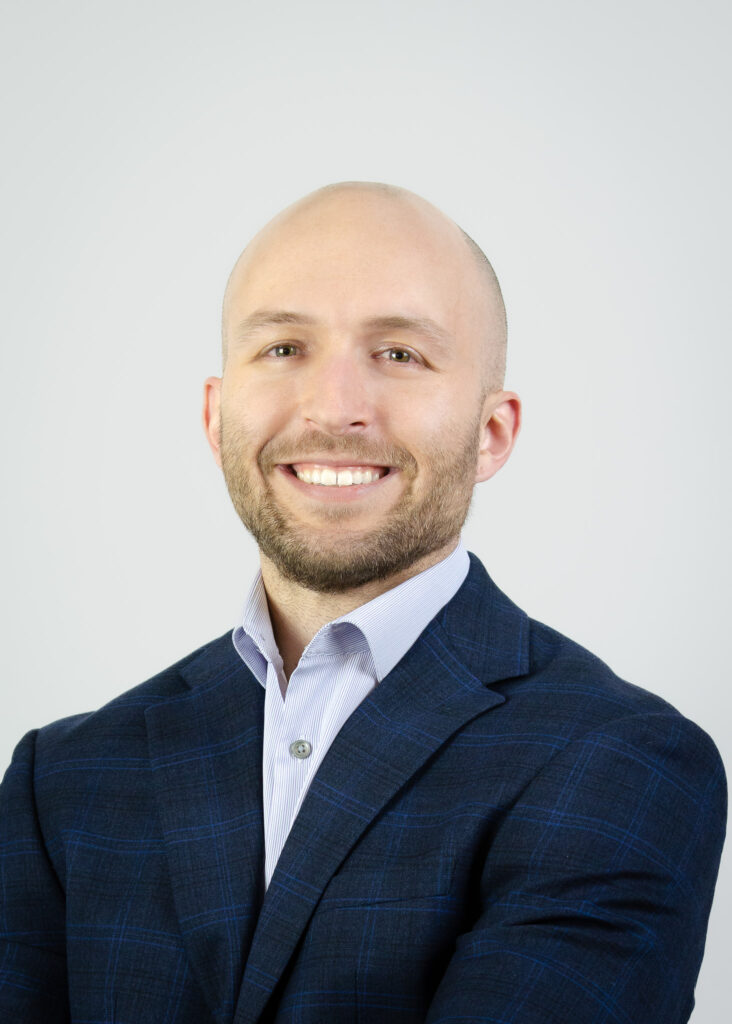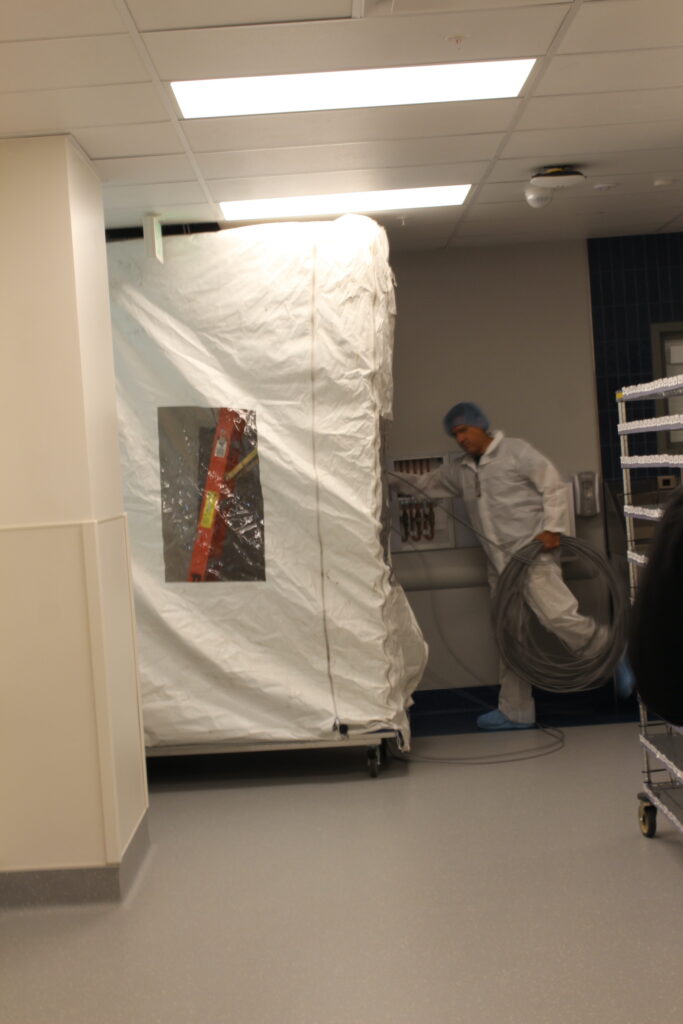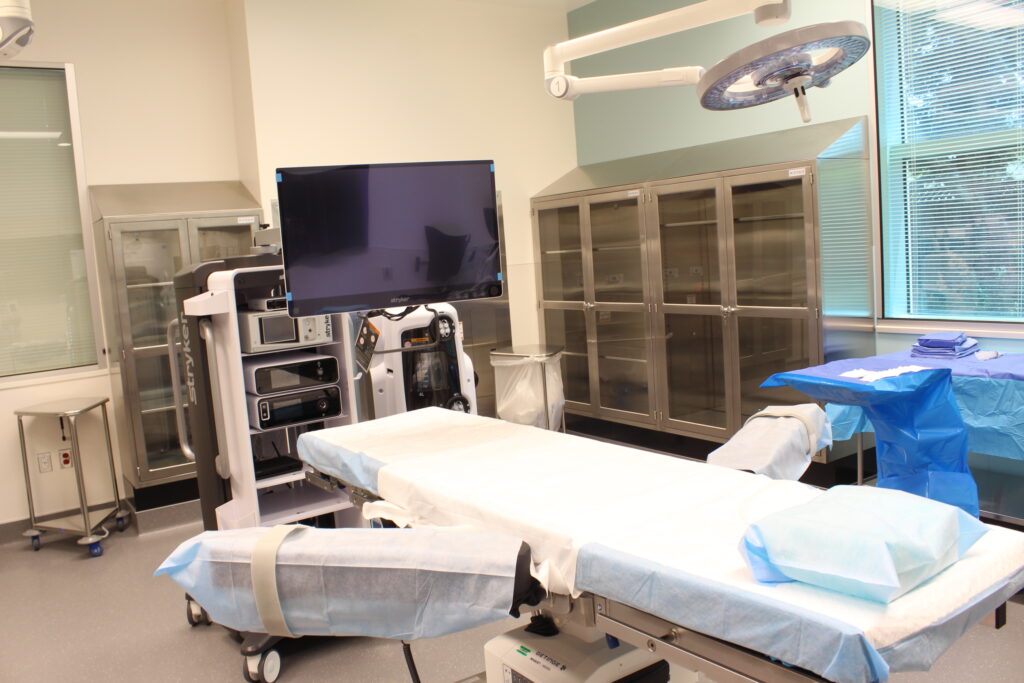
David Sharkey, 32, spent part of his childhood in San Jose, and so when he was offered the chance to return to spearhead the construction of a medical office and surgery center project on the city’s border with Los Gatos for Skanska USA Building, he jumped at the chance.
Now that physicians are seeing patients at the Samaritan Court Ambulatory Care and Surgery Center, he says it was the nature of how the contracts with Sutter Health were set up that helped them complete it three months early and $3 million under budget.

“I was born right down the road in south San Jose, right off of (Highway) 85 there,” he said, reflecting on how the project allowed him to come full-circle.
“It’s surreal, just in general. You blink an eye or two, and life kind of flies right by.”
Sharkey was born at a Kaiser Permanente hospital, and later moved to the Central Valley, and then to the East Coast.
He was involved in the private health care facility from the early stages.
It was the way they structured the deal with Sutter—through an “integrated form of agreement” (IFOA)—that really helped pave the way for an efficient and cost-effective build, despite rising price tags for materials and a global pandemic, he said.
“It really pushes our team to be more creative,” he said. “We like innovation. We get excited about it.”
Essentially, he explains, the document explicitly laid out timelines and bonuses for the various layers of contractors and subcontractors.

It also set the stage for forethought on all aspects of construction.
Mechanical, electrical, plumbing, framing and drywall professionals all collaborated on design in partnership with Dusty Robotics, Takt Planning and Boulder Associates.
“We asked all those people to come in before we even started construction,” Sharkey said. “We wanted to heavily rely on our coordination effort and our model to influence how we lay out the building.”
The three-story, 69,000-square-foot facility for 34 physicians, from Sutter’s Palo Alto Medical Foundation division, is full of complex systems meant to operate under the most stressful conditions while instilling a sense of calm in visitors and workers.
Drawing up the plans and carrying out the vision was never going to be easy.
Their approach was to model-out as much as possible, to avoid having to fix issues that would undoubtedly crop up later.
According to Skanska, the average “punch list” of problems that contractors have to go back and iron out can run around 250 items per 10,000 square feet.
Sharkey says they caught hundreds of potential snags.
For example, they were able to redesign a procedure room on the computer, whereas they likely would’ve had to burrow through a wall to deal with a conflict.
“You have all those cool light fixtures and operating equipment for the gasses,” he said. “There’s a fair amount of overhead equipment in those ceilings.”
The solution, in this case, was to reposition the patient table.

“There would have been a ton of modifications,” he said. “We were able to catch a lot of those issues during that virtual process.”
Skanska says this likely saved them more than $100,000 and helped them avoid a month-long delay.
They actually brought a robot to the site to establish markings for the various teams, so that each contractor didn’t have to swing by and individually run chalk lines.
“We came in when there was nothing inside; it was just pure concrete slabs,” he said. “The first thing we did was we did our layout with the robot.”
While turning to automation to streamline a project or avoiding quagmires is admirable, isn’t there a risk to driving the production of health care infrastructure through a contract that puts such a heavy-emphasis on meeting or exceeding targets?
Sharkey says it was just the opposite for Samaritan Court. He says the IFOA caused managers to think in more detail to ensure that risks were avoided.
“You have more to lose or win in this type of method,” he said, noting that they’ve worked with Sutter for more than a decade. “You have to have this trust; you have to have this transparency.”
Sharkey says he finds working in health care fulfilling, creating built space that’s literally designed to improve people’s lives.
It’s even better when you overcome the odds to beat expectations.
“We were able to hit our targets through each phase,” he said. “It’s a good feeling, no doubt. Because it can be a challenge to do.”









